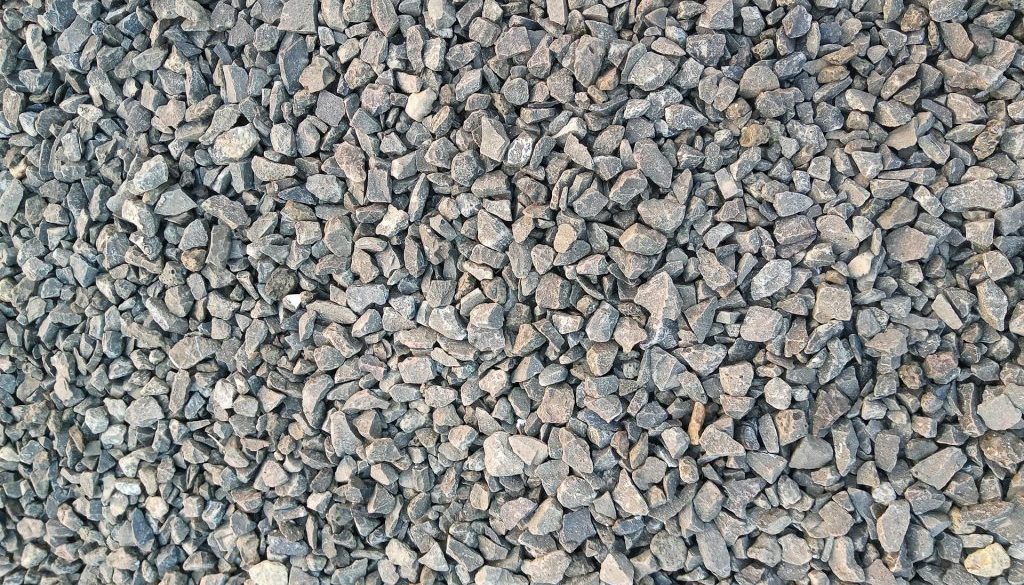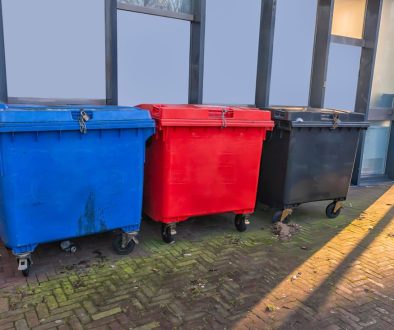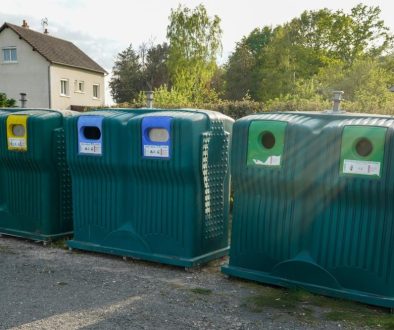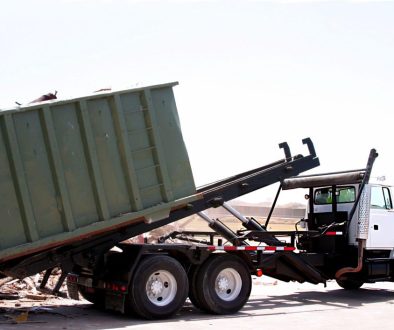Recycled aggregates are transforming the landscape of soil management and improvement. These materials, made by repurposing waste from construction, are becoming vital in enhancing soil quality. By incorporating recycled aggregates into soil, we not only recycle what would end up in landfills but also improve the physical properties of soil, promoting better growth for plants.
Using recycled aggregates boosts soil structure and fertility. These materials help with soil aeration and drainage, which are crucial for healthy plant roots. This approach aligns with sustainable land management practices, reducing our reliance on natural raw materials.
Incorporating recycled aggregates into soil projects offers environmental and economic benefits. By choosing recycled options over conventional materials, we conserve natural resources and reduce the carbon footprint associated with quarrying and transporting fresh aggregates. This dual benefit makes recycled aggregates a practical choice for those passionate about sustainable gardening and agriculture, providing an eco-friendly solution that does not compromise on effectiveness.
Understanding Recycled Aggregates in Soil Improvement
Recycled aggregates are materials recovered from demolished structures and repurposed for new uses. They are produced by crushing and processing concrete, bricks, and other construction materials. This process transforms waste into valuable resources that are ready to enhance soil properties and support sustainable practices.
Aggregates play a crucial role in improving soil structure and fertility. They provide essential support by improving drainage and aeration, preventing soil compaction, and promoting root growth. These qualities make soil healthier and more productive for plants.
Using recycled materials in soil improvement offers several benefits. Recycled aggregates help reduce dependence on natural resources, which conserves the environment. They also lower costs compared to new aggregates, as recycled options are often more affordable. Additionally, by using recycled aggregates, you contribute to waste reduction and promote a circular economy.
Types of Recycled Aggregates Suitable for Soil
Various recycled aggregates can be used to improve soil quality. Each type has unique properties that make it suitable for different applications in agriculture and landscaping.
Crushed Concrete: This is one of the most common recycled aggregates. It is produced by crushing old concrete and is ideal for pathways, driveways, and as a base layer in landscapes. Its rough texture provides excellent drainage, preventing soil compaction.
Recycled Brick: Crushed brick adds vibrant colour and can be used to improve soil fertility. It helps retain moisture and provides a decorative touch in gardens. Useful in flower beds and landscaping projects, it adds structure while maintaining aesthetics.
Reclaimed Asphalt: Often used in garden paths and driveways, it provides durability and strength. It helps control soil erosion and is a solid choice for areas with high traffic.
Suitable applications for these materials include:
1. Agriculture: Use crushed concrete to improve drainage in crop fields.
2. Landscaping: Employ recycled brick for colourful and functional garden beds.
3. Pathways: Use reclaimed asphalt for constructing durable and stable footpaths.
By choosing the right type of recycled aggregate, you can tailor soil improvements to specific needs while supporting environmental sustainability.
Benefits of Using Recycled Aggregates for Soil Quality
Recycled aggregates offer a range of benefits that improve soil quality significantly. One major advantage is improving drainage and aeration. When mixed with soil, these aggregates create spaces that allow water to flow more freely. This enhanced drainage prevents waterlogging, which can harm plant roots.
Aeration is another critical factor influenced by recycled aggregates. The spaces created between particles allow air to reach the roots and soil organisms, fostering a healthier soil environment. Good aeration also supports beneficial microorganisms that break down organic matter, further enriching the soil.
These aggregates play a crucial role in sustainable land management. Using recycled materials reduces the need to extract natural resources, conserving landscapes and habitats. By opting for recycled over new aggregates, people contribute to reducing the environmental footprint of construction and landscaping projects.
The environmental impact extends beyond resource conservation. Reducing reliance on natural resources also decreases energy consumption and emissions related to material processing and transportation. This sustainable approach supports broader environmental goals, aligning with efforts to mitigate climate change and protect ecosystems.
Implementing Recycled Aggregates in Soil Projects
Incorporating recycled aggregates into soil improvement projects involves a few straightforward steps. First, determine the specific needs of the soil, such as enhanced drainage or improved fertility. This assessment guides how much aggregate is needed and what type of aggregate to use.
Mixing aggregates with existing soil requires some measurement. A general guideline is to mix aggregates at a rate that maintains balance with the soil’s natural properties. Overloading the soil with aggregates might lead to reduced fertility, so it’s essential to find the right balance.
To achieve the best results, consider collaborating with local suppliers and experts. Their knowledge of soil types and aggregate properties can provide valuable insight into achieving optimal soil conditions. Suppliers can also offer advice on sourcing materials sustainably, ensuring the project supports environmental goals.
When starting a project, plan for regular monitoring and adjustments. Soil conditions can change with weather and plant growth, so ongoing assessment and adaptation are necessary to maintain soil health. This proactive approach ensures long-term benefits from the investment in recycled aggregates.
Conclusion
Using recycled aggregates for soil improvement projects offers a blend of environmental sustainability and practical benefits. By enhancing drainage and aeration, these materials contribute to healthier soils and more robust plant life. The shift from natural to recycled resources not only conserves raw materials but also supports broader environmental conservation efforts.
For those interested in adopting recycled aggregates in their projects, consulting with experienced suppliers is key. At Enviro Skip Hire, we help clients navigate the use of recycled materials effectively. Our team is committed to providing high-quality skip hire in Knutsford that aligns with sustainable practices, ensuring your projects positively impact both your landscape and the environment. Contact us today.




